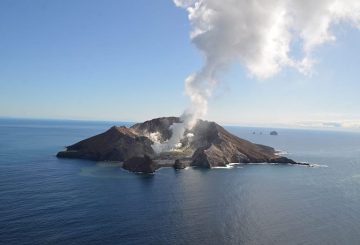助理卫生部长 Ayesha Verrall 今天上午证实,一例新的 Covid 病例已在一夜之间得到确认。这使新西兰的 Covid 病例总数达到二十二例。
新确诊病例是奥克兰北岸医院的病人。
内阁将于今天下午 1:00 举行会议,以确定是否会对目前为全国实施的警戒级别 4 进行任何更改。
周二晚上,政府宣布奥克兰和科罗曼德将在 4 级封锁 7 天,新西兰其他地区将在 4 级为期 3 天。
提醒一点,12 岁以上的任何人在访问商店、加油站、药店和其他基本服务时必须佩戴口罩。这些地方的工作人员也需要戴口罩。
巴士总站和出租车也必须佩戴口罩。
根据新的警戒级别 4 规则,警方可以对没有戴口罩的人发出侵权行为。
尽管从理论上讲,警察可以逮捕不遵守规定的人,但这被认为是最后的选择。
如今,如果企业受到 4 级封锁的影响,可以申请补贴来支持自己的企业。
对工资补贴进行了调整,以反映自 2020 年 3 月第一次 4 级封锁以来的工资增长情况。这意味着企业将符合以下条件:
全职同等员工,每周 600.00 美元
兼职同等员工,每周 359.00 美元。
雇主可以在 8 月 20 日星期五申请工资补贴。第一笔款项应在三天后支付,并将作为两周的一次性总付款支付。
政府还提供了复兴支持付款。这适用于因封锁条件而蒙受收入损失 30% 的企业。付款高达 $1,500.00 加上每位全职同等员工 400.00 美元,最多 50 名全职员工。企业可能预计的总额将高达 21,500.00 美元。
对于那些有员工不能在家工作且必须自我隔离的企业,政府提供休假支助计划。该计划为全职工人提供为期两周的一次性付款,或者每周 585.80 美元,非全日制工人每周 350 美元。
企业可能有资格获得的另一笔付款是短期缺勤补助金,它提供一次性(每 30 天一次)350 美元的付款。这是一些由于 COVID-19 测试而不能上班且无法在家办公的工作人员的企业。
更多信息和标准可从工作和收入中获得。
https://www.workandincome.govt.nz/covid-19/leave-support-scheme/who-can-get-it.html




























































